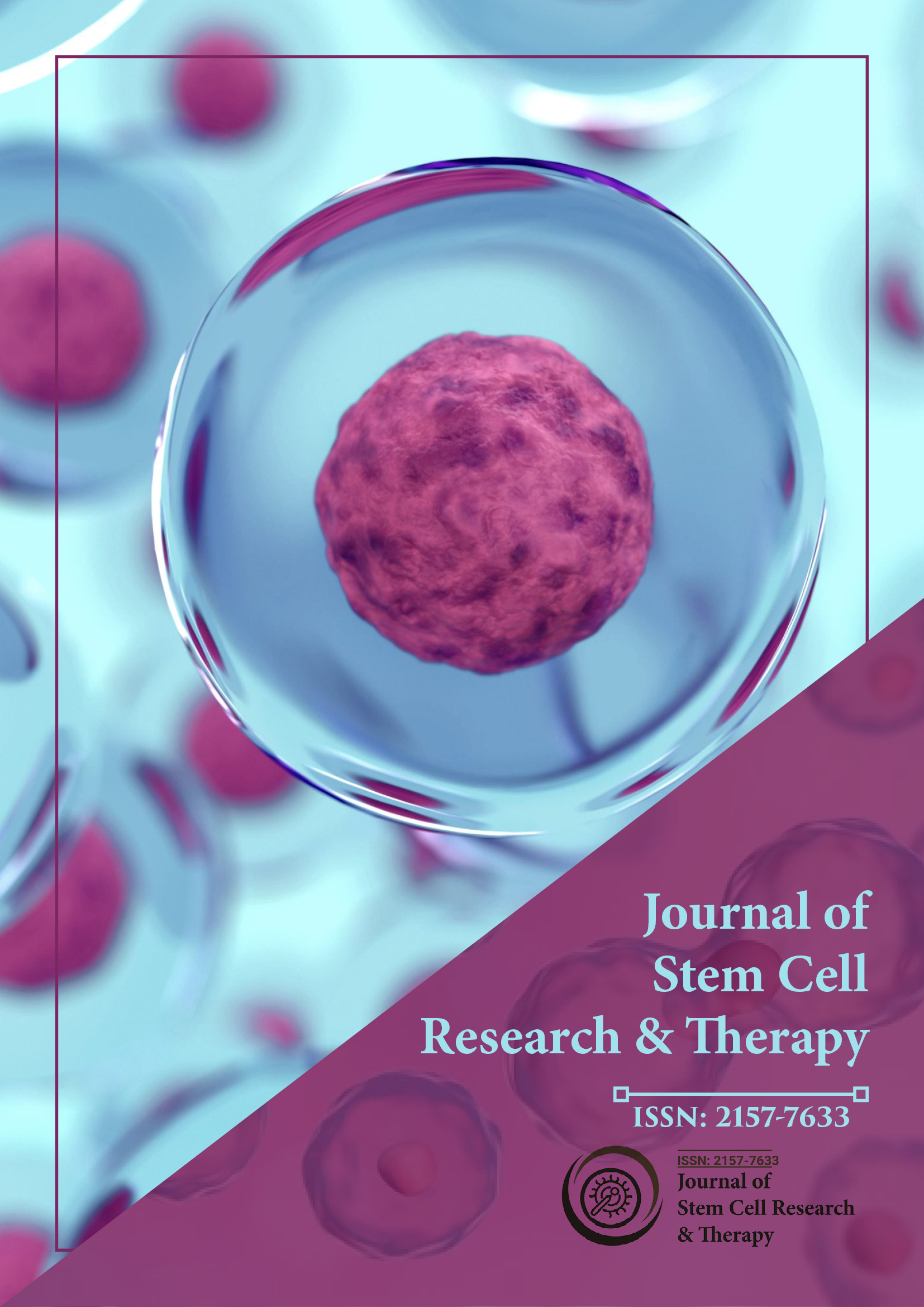索引于
- 打开 J 门
- Genamics 期刊搜索
- 学术钥匙
- 期刊目录
- 中国知网(CNKI)
- 乌尔里希的期刊目录
- 参考搜索
- 哈姆达大学
- 亚利桑那州EBSCO
- 期刊摘要索引目录
- OCLC-WorldCat
- 普布隆斯
- 日内瓦医学教育与研究基金会
- 欧洲酒吧
- 谷歌学术
分享此页面
期刊传单

抽象的
从健康人类椎间盘组织中分离和鉴定成人椎间盘干细胞
克里斯托弗·邓奇、埃里卡·迪拉德和乌马尔·阿克巴
本报告详细介绍了从人类成人椎间盘组织标本中分离、培养和表征椎间盘干细胞。使用干细胞悬浮培养方法和生物学,分离人类成人椎间盘干细胞并将其单克隆培养成多细胞球状簇(椎间盘球)。收集、处理来自第一个培养系列的椎间盘球并将其重新接种为单个干细胞,以使用悬浮培养进行连续扩增研究,证明线性扩增是可能的。将椎间盘球和成人椎间盘干细胞接种在干细胞培养基中基质涂层培养表面上数小时以进行固定,并检测干细胞生物标志物。将椎间盘球和成人椎间盘干细胞接种在软骨培养基和培养条件下的层粘连蛋白涂层培养表面上 14 天,以使其分化为 NP 细胞。从这些实验中培养的 NP 细胞表现出 NP 形态和表型;NP 生物标志物表达、细胞外基质分泌以及连续传代的能力,并可能进行大体积扩增。使用“爆发动力学分析”进行的组织工程研究表明,椎间盘球具有显著的内在发育和组织工程生物学特性,坚固而有组织。总之,已从健康的脊椎椎间盘组织中分离、培养和鉴定了成人椎间盘干细胞和 NP 细胞。这些发现表明,利用基于干细胞的组织工程治疗退行性椎间盘疾病 (DDD) 具有重要的潜力。
免责声明: 此摘要通过人工智能工具翻译,尚未经过审核或验证